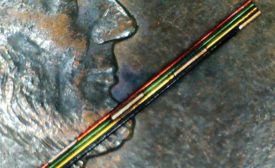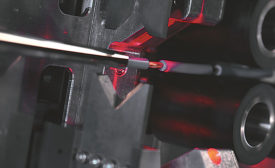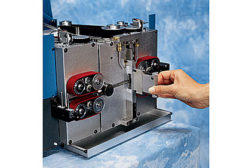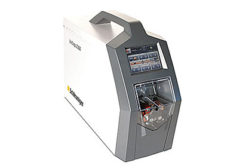Home » Keywords: » wire stripping
Items Tagged with 'wire stripping'
ARTICLES
Laser Wire Stripping for Medical Device Assembly
Small wires in medical devices can be safely stripped with lasers
May 1, 2018
Automatic Cutting and Stripping Machines
Improved technology enables fast cutting, clean stripping and simple blade changeover for various size wires.
July 1, 2016
Wire Processing
How to Pick the Best Blade for Wire Cutting and Stripping Machines
There are three types of blades for cutting and stripping wire: V, rotary and die. Each type is unique in design, function and capability.
January 20, 2014
Never miss the latest news and trends driving the manufacturing industry
Stay in the know on the latest assembly trends.
JOIN TODAY!Copyright ©2025. All Rights Reserved BNP Media.
Design, CMS, Hosting & Web Development :: ePublishing








